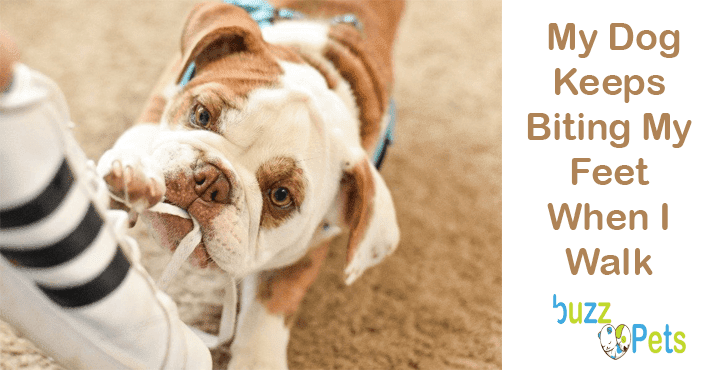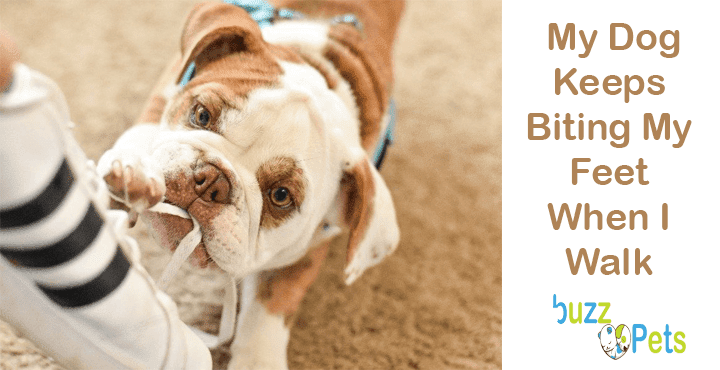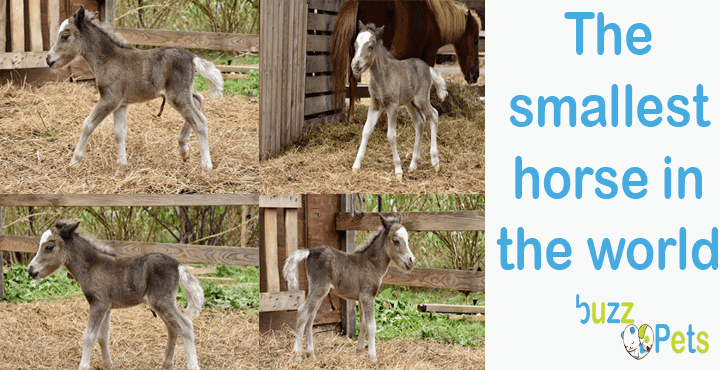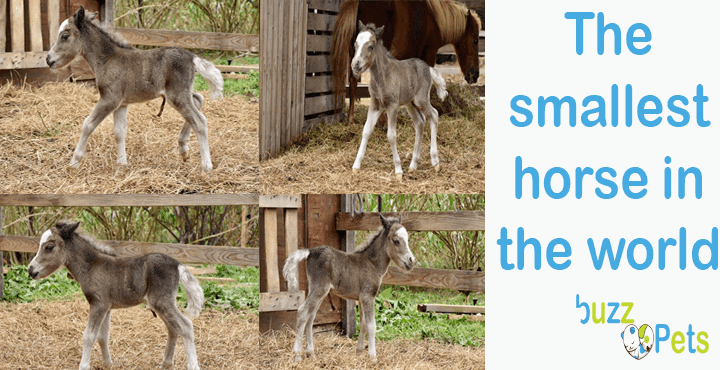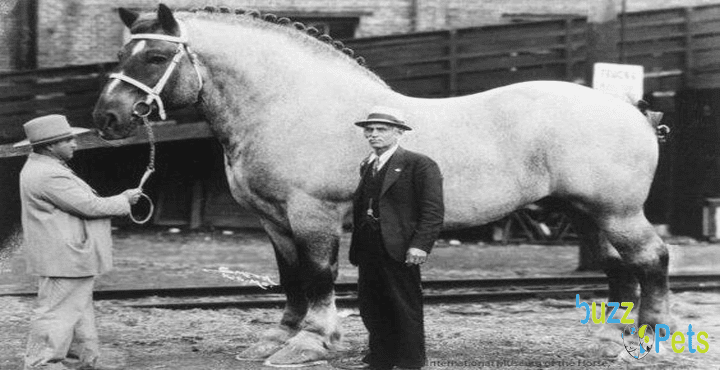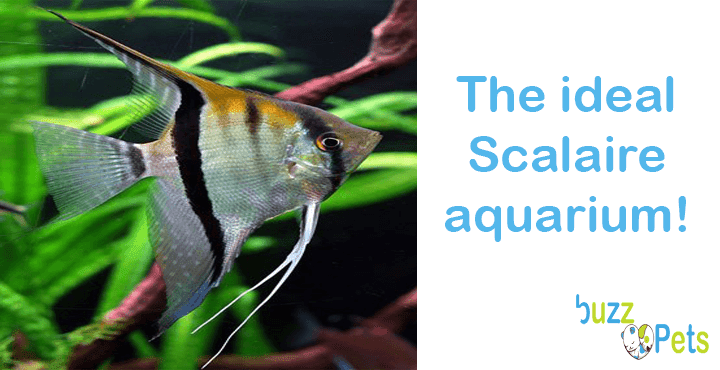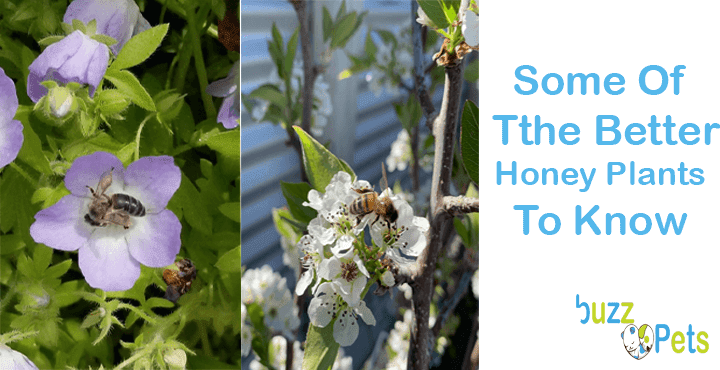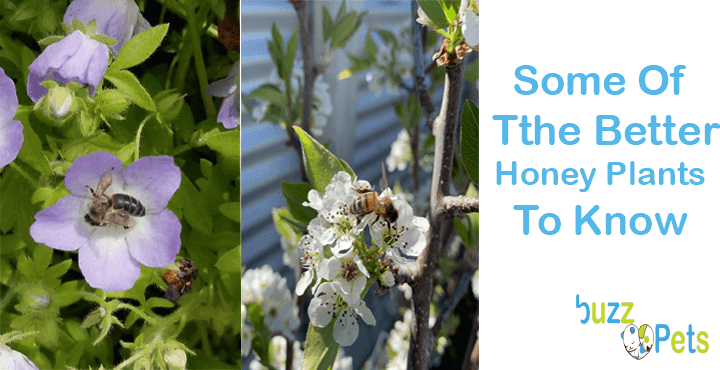why does my puppy bite my feet when walking puppies have an urge to bite everything with their mouths especially when they are teething the action of moving an element also often generates an instinctive chasing response for this reason when you walk past a puppy the movement of your feet often awakens the same instinct similar to when they see a ball bounce if you wear baggy pants or long laces this can be irresistible to puppies they mimic the same design many dog toys employ however not all dogs perform this biting behavior for these reasons a very active puppy without the right toys or with insufficient exercise can often carry out this behavior out of sheer boredom if you want your puppy to lose this habit you must educate them correctly here we share a article where you can learn the first steps to educate a puppy.
Why does my adult dog bite my feet when i walk?
Does my adult dog bite my feet when i walk when this behavior continues into adulthood it is usually associated with poor education
it often occurs because they’ve been taught that when they bite your feet you pay attention to themwhether positive or negative they have learned that they only have to jump in your feet for you to stop what you’re doing and pay them attention this may indicate you give them insufficient attention or that the education they receive has been lacking it is also possible that an adult dog with insufficient physical and mental stimulation will become bored and want to tune your feet as a simple form of entertainment next we provide four keys to get your dog to stop biting your feet.
1. Make sure they exercise
Make sure they exercise you will need to ensure your dog gets enough daily exercise and understands basic obedience biting behavior often indicates the dog isn’t tired therefore they need more daily activities to stimulate them both physically and mentally this is best to keep them healthy and balanced if not the animal often develops boredom and stress which when combined with lack of interaction with our guardian trigger unwanted behaviors.
2. Inhibit movement
inhibit movement keep your feet still when your dog lunges for them this way your dog will see that feet are not so fun and are not to be played with should also try to not wear clothes that can be pulled easily such as shoes with long laces otherwise if they start to pull in your clothes you can try to grab them so they remain still in these situations you shouldn’t try to take what they have out of their mouth as it can make them think you want to play with them or take away what they have if you do they may respond by growling or developing possessive behavior this is known as resource protection and it isn’t good either.
3. Pay no attention to them
pay no attention to them avoid talking to them as they might take it as encouragement especially don’t scold them by not paying the attention they seek with this behavior they are more likely to let you go as it does them no favors it’s possible that if you ignore your dog they will try to bite you harder so that you will listen to them even so you must continue to act as interested unless you are in danger otherwise they may think you have to bite you more insistently to get your attention which would be counterproductive.
4. Offer an alternative game
offer an alternative game finally right after your dog loses interest in your immobile feet and tires of persistent without results you should reward them by providing an alternative game with which they can
redirect this behavior this is necessary as this behavior is part of their nature we can’t pretend to eliminate it but rather provide the opportunity to chase bite and pull on more suitable objects such as a toy or a room.

